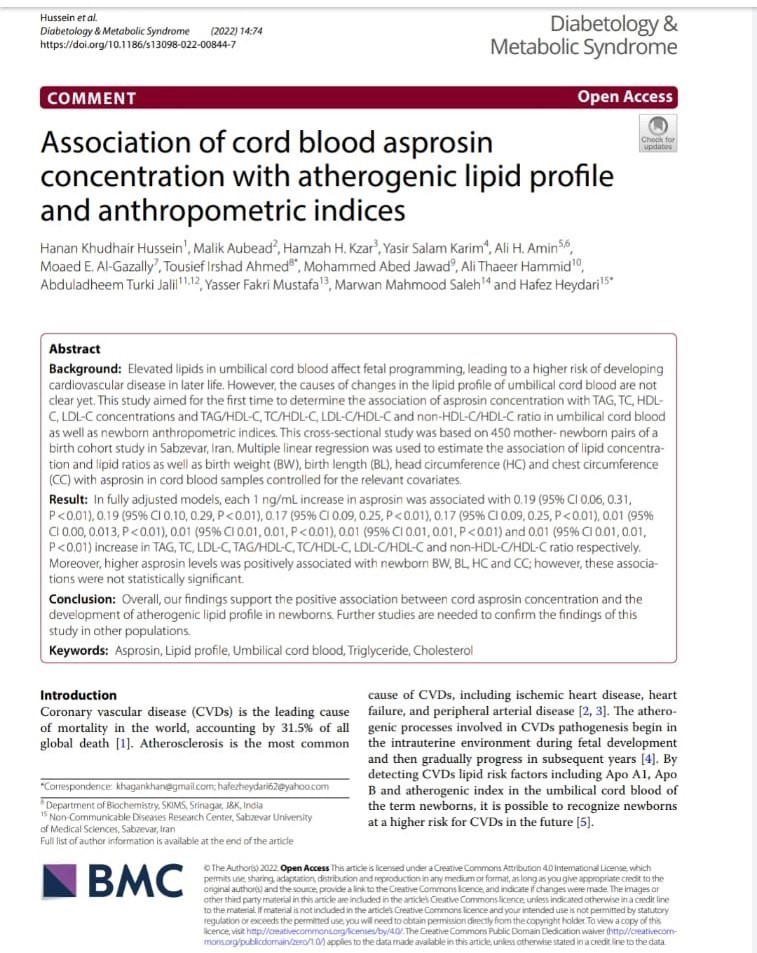
Environmental feasibility studies and their importance in the successful establishment of projects

A feasibility study is critical in identifying the effects of the factory on the environment and how to prevent any negative consequences, as well as assessing the potential environmental impacts or factories development. The purpose is to identify potential environmental risks and provide recommendations to help mitigate any negative impacts and enhance the positive impacts. This report provides details for any factory's environmental feasibility analysis.
The main components of an environmental feasibility study typically include:
1- Environmental baseline assessment: This evaluates the existing status of the environment, including air, water, soil, plant, and wildlife, within and surrounding the project area.
2- Determine the environmental scope it evaluates the potential environmental impacts of the planned project which include:
· Pollution and waste: The manufacturing process may cause air, water and noise pollution, soil erosion, habitat loss, and climate change, in addition to the resulting waste such as toxic chemicals, effluent, and solid waste. They have a negative impact on the ecosystem.
· Land Use and Land Clearance: The factory needs clean land and this may lead us to the deterioration of natural ecosystems.
· Energy Consumption: The factory's operation may necessitate a substantial quantity of energy, resulting in excessive carbon emissions and contributing to climate change.
· Water Use: The production process will demand a huge amount of water, which may have an effect on the water supply of the nearby populations, leading to many problems.
3- Mitigation strategies entail suggesting actions to reduce or eliminate environmental consequences. After the recognition of possible environmental impacts, the feasibility study proceeds to propose mitigation methods to mitigate the identified negative impacts. To reduce these effects, the following actions could be put in place:
· Waste and Pollution control: Implementing waste management practices that include proper disposal, recycling, and treatment of hazardous wastes.
· Land usage and land clearance include conducting environmental evaluations before removing land, identifying possible key ecosystems, and establishing alternate locations to prevent hazards.
· Energy efficiency refers to the use of energy-efficient equipment, the incorporation of green energy sources such as solar power, and the improvement of insulation to minimize energy consumption.
· Water Efficiency: Using water efficiently by recycling and reusing it, installing water-saving devices, and ensuring discharge water meets the needed criteria.
4- Stakeholder consultation: This is a vital component of the study since it entails engaging with local communities, environmental groups, government agencies, and other relevant stakeholders to identify problems and incorporate their views into the final report.
5- Monitoring and follow-up: The environmental impact assessment (EIA) would then assess the factory's potential environmental effects on the community by having established a monitoring program to track the effectiveness of mitigation measures as well as ensure that environmental impacts are properly addressed over the course of the project, including:
· Water Quality: Evaluating the quality of nearby water sources and the potential pollution they may create.
· Air Quality: Evaluating air emissions from the manufacturing process to verify that they do not exceed environmental regulations.
· Noise Pollution: Evaluating noise pollution from factory operations and applying noise-reduction measures.
· Biodiversity: Assessing impacts to flora and fauna in the area and identifying measures to preserve biodiversity.
Finally, the findings of an environmental feasibility study are utilized to inform project developers, investors, and regulatory organizations in order to guarantee that environmental concerns are effectively handled during project design and development.
Dr. Harith Abdul Rahman Ahmed
Environmental Department,
University of Anbar / College of Applied Sciences

